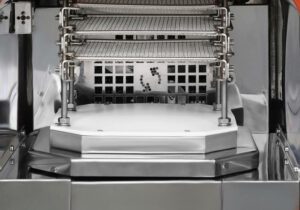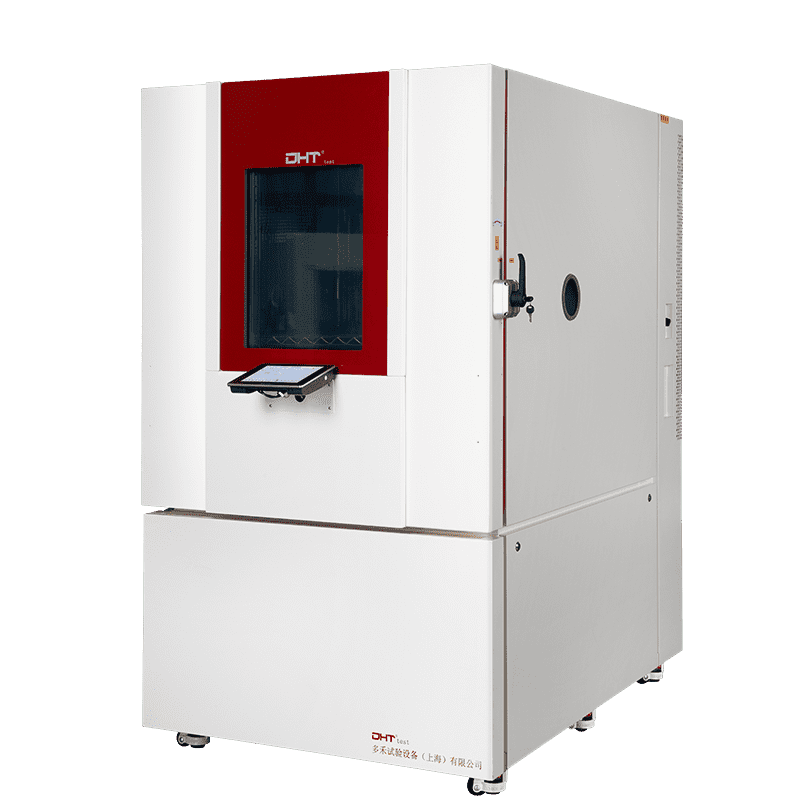Written by Robin
Senior Engineer, Doaho Test (DHT®)
A constant temperature and humidity chamber is an indispensable tool in laboratories and production environments, serving as a highly controlled platform for environmental simulation. Its long-term performance and accuracy are critical to ensuring the reliability of test results and the overall quality of products. To keep the chamber operating at peak condition over time, a proactive, well-structured maintenance strategy is essential. This article offers a comprehensive guide based on real-world experience, covering daily upkeep, inspection of key components, environmental management, and preventive maintenance—all aimed at extending equipment lifespan and maximizing operational stability.
-
Understand How Your Chamber Works

Before initiating any maintenance, it’s vital to understand the structure and operation of the chamber. A typical constant temperature and humidity chamber consists of the following core systems:
-
Refrigeration System: Uses components such as compressors, condensers, and evaporators to deliver rapid and stable cooling, allowing precise temperature control across a wide range.
-
Heating System: Employs electric heating elements to raise the internal temperature as needed, ensuring flexible and responsive thermal management.
-
Humidification System: Commonly uses ultrasonic or steam-based methods to introduce moisture, maintaining precise humidity levels inside the test chamber.
-
Sensors & Control System: High-precision temperature and humidity sensors continuously monitor internal conditions, while a PID control algorithm adjusts system outputs in real-time to maintain stability.
A solid understanding of these systems allows users to approach maintenance methodically, avoid improper handling, and make informed decisions that support long-term reliability.
-
Routine Maintenance: Small Details, Big Impact
-
Keep the Chamber Clean—Inside and Out:The chamber’s high humidity environment is prone to mold growth and scale buildup, especially around the humidifier and water tank. Weekly cleaning of the interior surfaces and removal of mineral deposits is recommended to maintain efficiency. Externally, keep the chamber dust-free to prevent debris from clogging the fan or obstructing the cooling vents.
-
Monitor Water Supply Quality:The humidification system is particularly sensitive to water quality. Always use purified or deionized water to minimize scale buildup and protect the internal components. Clean the water tank and pipelines at least once a month to prevent bacterial contamination and ensure proper humidifier function.
-
Maintain Proper Ventilation:To avoid overheating, ensure the chamber has adequate clearance—typically 10–20 cm—from walls or other equipment. Good airflow helps the refrigeration system dissipate heat effectively, improving compressor longevity and system stability.
-
Ensure Power Supply Stability:Fluctuating voltage can damage sensitive components like compressors and control boards. It’s advisable to use a voltage stabilizer or uninterruptible power supply (UPS) to protect the system from power irregularities and avoid sudden shutdowns during operation.
-
-
Key Component Maintenance and Inspection
-
Compressor Care:As the heart of the refrigeration system, the compressor’s health is crucial. Watch for unusual noises or increased vibration during operation—these can be early indicators of mechanical issues. Regularly check refrigerant pressure: low levels reduce cooling performance, while overfilling can harm the system. An annual inspection by a certified technician is highly recommended.
-
Humidification Unit Maintenance:Ultrasonic transducers and steam generators are consumable parts and should be descaled regularly to maintain efficiency. For ultrasonic systems, consider replacing the transducer or membrane every 3–6 months. For steam systems, periodically inspect and reseal the steam lines to prevent leaks and efficiency loss.
-
Sensor Calibration:Accurate sensor readings are fundamental to precise environmental control. Have your temperature and humidity sensors professionally calibrated every six months to maintain accuracy within ±0.3°C and ±2% RH. Third-party calibration services are often required for compliance with quality management systems.
-
Fan and Air Duct Cleaning:Fans accumulate dust and wear over time, which can impair airflow and create uneven temperature distribution. Inspect the fan motor and impeller quarterly, clean as needed, and ensure proper lubrication. Clean the air ducts regularly to prevent airflow blockages and maintain uniform conditions throughout the chamber.
-
-
Environmental Management and Best Practices
-
Choose an Appropriate Installation Location:Install the chamber in a well-ventilated, dry area away from direct sunlight and vibrations. High ambient temperatures increase workload and may accelerate aging of internal components. A stable environment is key to ensuring consistent performance.
-
Follow Standard Operating Procedures:Avoid frequent door openings during tests to minimize internal temperature and humidity fluctuations. Set parameters within the recommended range to prevent overloading the system. Train personnel on proper operation protocols to reduce misuse and ensure consistent results.
-
Plan for Power and Water Supply Interruptions:Unexpected outages can disrupt testing and damage equipment, particularly if the cooling or humidifying systems are active. Equip the chamber with a UPS or backup generator, and install an alarm system to detect abnormalities early. Always shut down the humidifier immediately in the event of a water supply issue to prevent dry burn damage.
-
-
Fault Prevention and Emergency Response
-
Monitor Alarm and Safety Systems:Ensure all built-in monitoring and alarm systems are functional. They should immediately alert users to temperature/humidity drift, compressor failures, or water level issues. Implement a daily inspection routine and log any abnormalities for future analysis.
-
Maintain Detailed Service Records:Document every service event, including routine maintenance, part replacements, and failure incidents. These records are essential for trend analysis and help refine long-term maintenance plans based on historical data.
-
Seek Professional Support When Needed:For complex technical issues or major component failures, avoid DIY repairs. Contact the manufacturer or authorized service provider to get expert diagnosis and repair. This prevents secondary damage and ensures timely restoration of system functionality.
-
Conclusion
Maintaining a constant temperature and humidity chamber for long-term use requires more than just occasional cleaning—it demands a comprehensive, disciplined approach. By understanding the device’s internal systems, following structured maintenance routines, and cultivating proper operating habits, users can dramatically improve equipment reliability, extend service life, and ensure the integrity of every test.
Ultimately, maintenance is not only about protecting your investment—it’s a vital part of ensuring high-quality outcomes in research, development, and production. We hope this guide offers practical, actionable insights that help your chamber perform at its best, day after day.


(霉菌试验箱)(臭氧老化试验箱).webp)